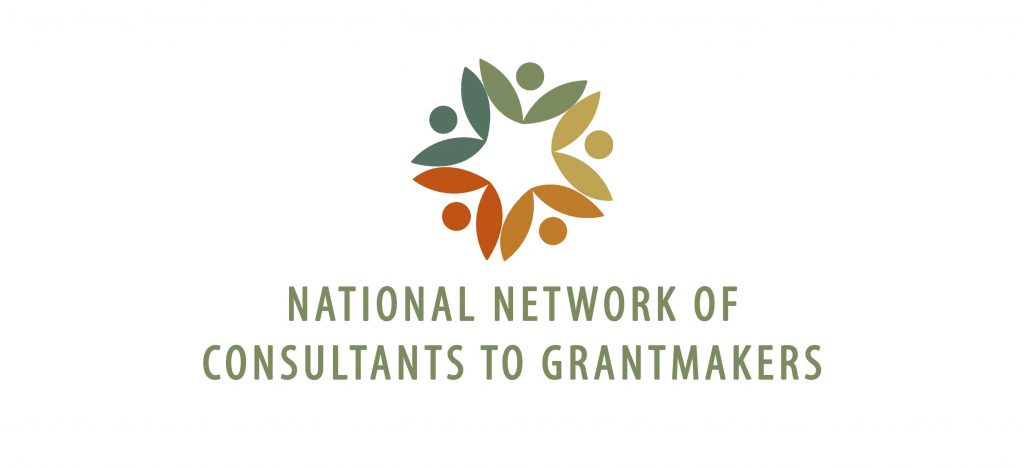 This is a guest post by NNCG member Dawn Franks, of Your Philanthropy. It is posted here with her permission.
This is a guest post by NNCG member Dawn Franks, of Your Philanthropy. It is posted here with her permission.
Henry Ford said “Coming together is a beginning. Keeping together is progress. Working together is success.” I know Henry was referring to building cars but that quote also holds the keys to a sustainable blend of family and philanthropy. Success depends on teamwork in family giving.
Families don’t often see themselves functioning as a team. Differences and dysfunction can be a hinderance to team building. Patrick Lencioni wrote a book called The Five Dysfunctions of a Team in which he describes the interpersonal aspects of team building. Each dysfunction is highly applicable to families involved in philanthropy.
Over the past ten years I’ve had the opportunity to work with more than 25 different families involved with different styles of family giving – from the family pocket, from a donor advised fund and from private family foundations. Each family brings all their personality, operating style and history with them to each gathering of the family, and that includes when philanthropy is the subject.
Lencioni identifies five dysfunctions that create challenges for a team, including a team of family.
Absence of Trust: Teamwork in Family Giving
If it seems unlikely that a family would lack trust, remember that no one knows us like our family. They know the best and the worst of us. Family knows our natural talents and every wart. So, it isn’t surprising that as Lencioni describes it, we might be unwilling to be vulnerable. Yet, as I have sat with families while they do the work of giving together it’s when they value each other’s differences that they excel. Trust comes from knowing we can work toward a common good even with all the warts in the room.
Fear of Conflict: Teamwork in Family Giving
Some families go to great lengths to avoid conflict; others dive in as if it’s a Sunday afternoon football game. The healthiest families use conflict to debate and discuss, learning from each other. Avoiding the conflict over time may actually build walls increasingly difficult to climb over. Resolving conflict is a learned behavior. Allowing the conflict while working at giving together builds bridges useful for all kinds of family communication in other situations.
Lack of Commitment: Teamwork in Family Giving
Families that give together experience commitment in varying degrees. I’ve seen many levels of commitment, like Gorilla Glue or Elmer’s Glue, the strength may vary. But every time the family works together the chances are they increase their commitment. Practice matters.
Avoidance of Accountability: Teamwork in Family Giving
Families who are committed, engage in healthy conflict and trust each other, experience enhanced accountability. Holding each other accountable is far easier in the midst of family where everyone is safe to grow and learn together. Accountability is a two-way road between every family member. Each brings their own areas of interest to the family and trust that others will hold them accountable to bring the best information to the giving process. Poor behavior and performance will not be acceptable since it affects how the family does its giving work.
Inattention to Results: Teamwork in Family Giving
It would be easy to allow this dysfunction to focus on the results of family giving as the success of the funded nonprofit. Equally important is the success of the family. Families that learn to give together are more likely to stay together increasing the chance that giving as a family becomes an inherited family trait from one generation to the next.
When a family chooses to give together they begin the work of becoming a team. Teamwork isn’t easy. Somedays one or more dysfunctions show up. Sometimes even a small amount of coaching can help a family work on the team. Share what you’ve learned below and let me know how I can help you navigate through the sometimes tricky waters of family giving.
I’m here to help you succeed.

